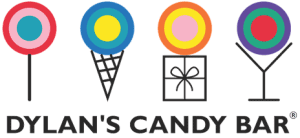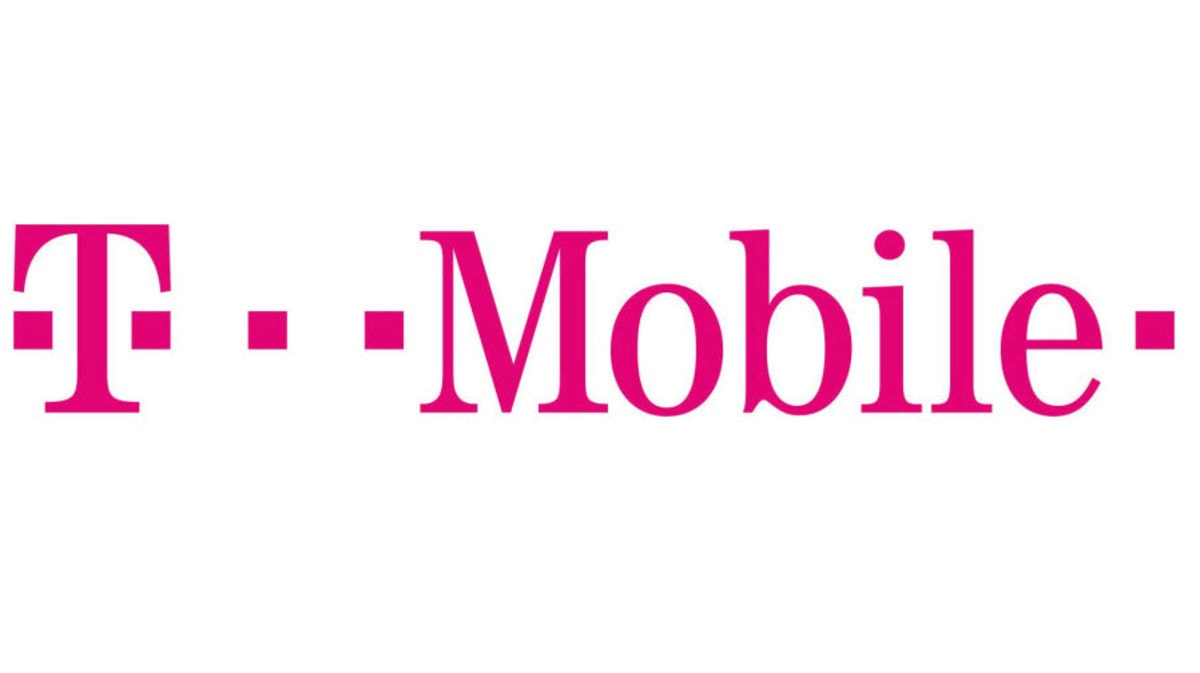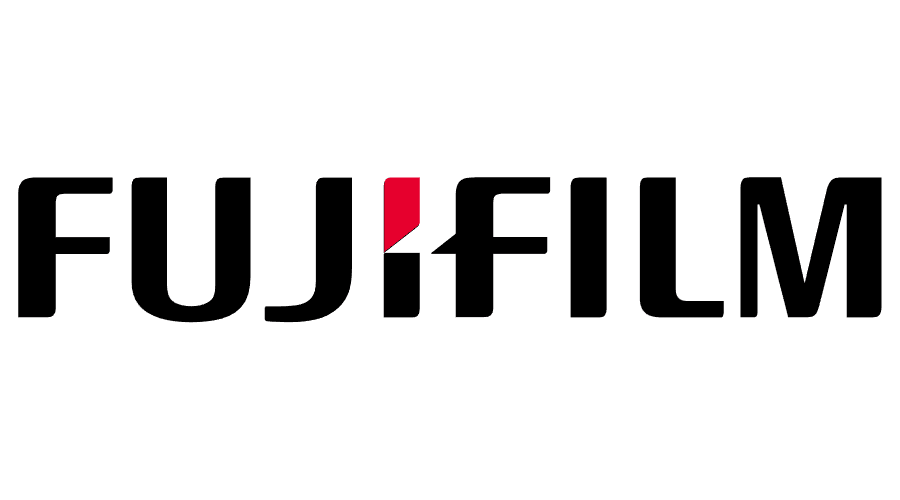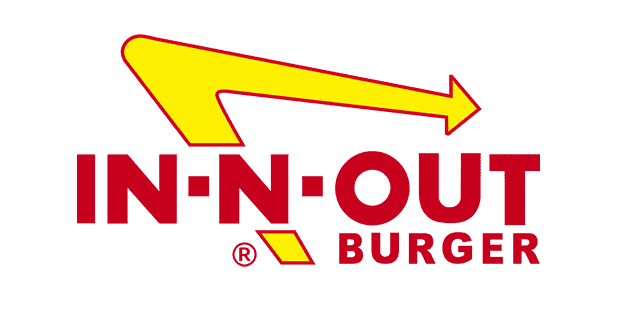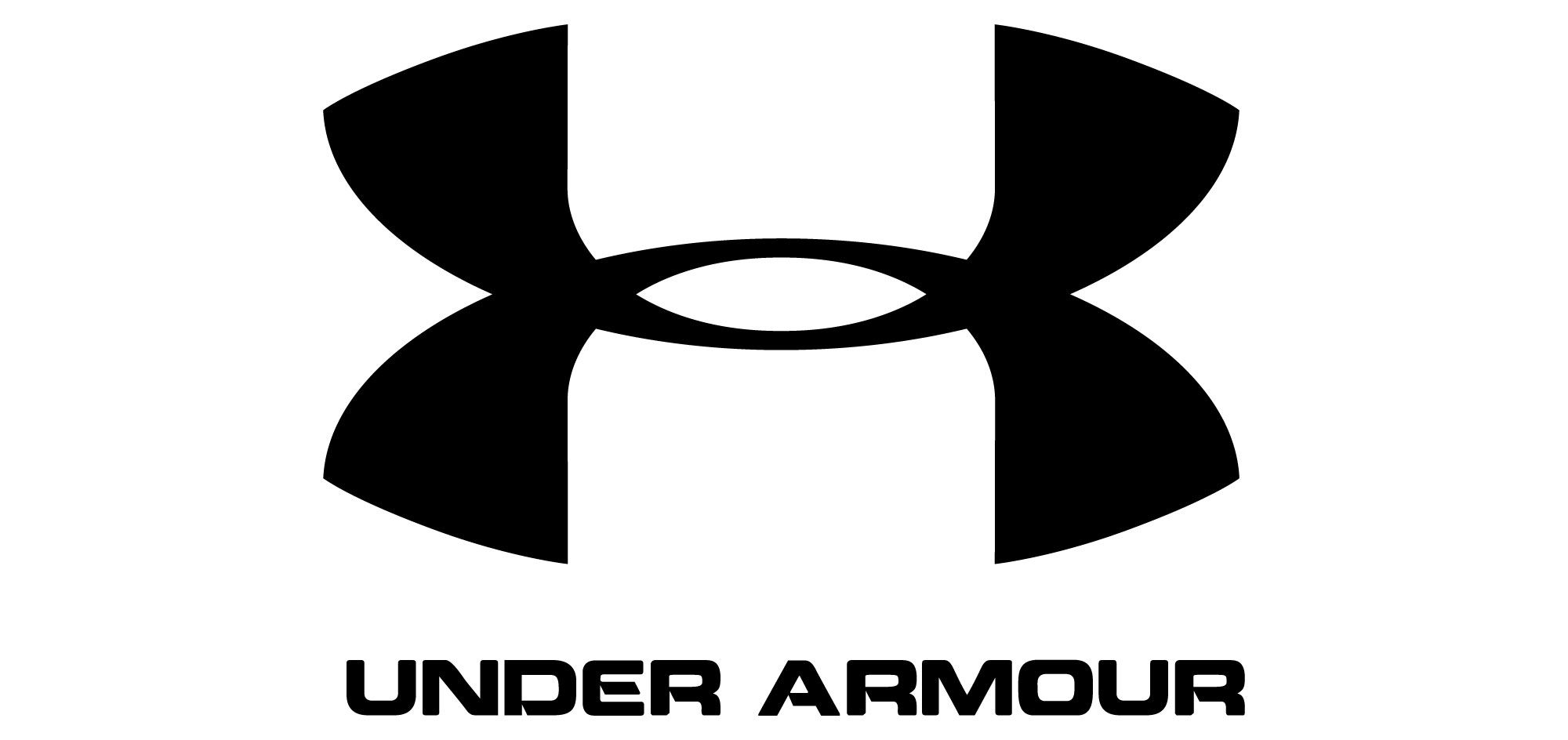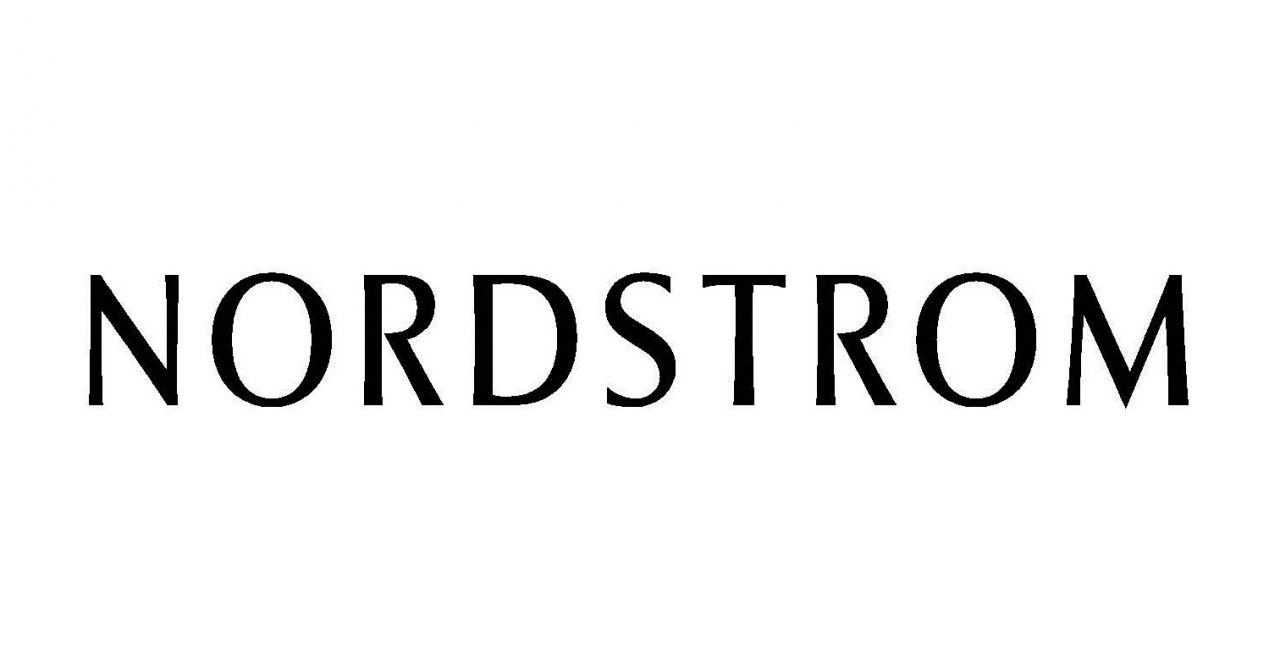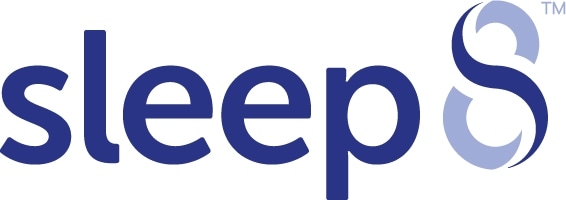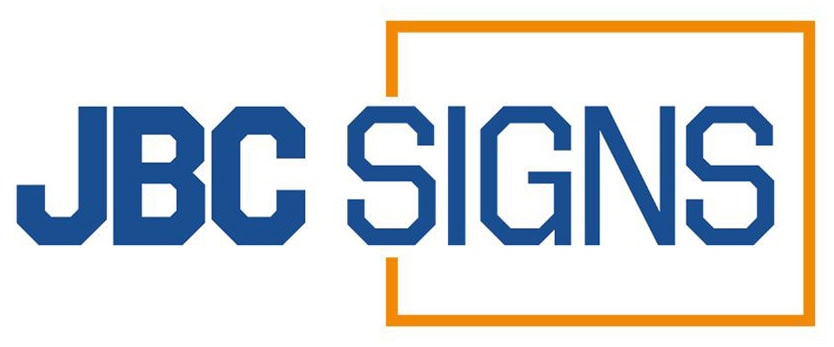Are your posters, brochures, postcards and other marketing documents as simple as they could be? While simplicity may seem like an odd goal for marketing documents to aspire to, it’s often far more effective than a design that’s too complicated.
From endless headlines to color schemes that are just too powerful for the eyes, an overwhelming number of brochures and other marketing documents feel too busy, from a visual perspective, to be effective.
Is your brochure too busy? Do your prospective customers find it hard to discover its key message and call to action? Read on to learn five ways to do more with less by simplifying your brochures and making them more effective at the same time.
Shorten your headline
Many marketers prefer long headlines to short ones. One reason for this is a belief that longer headlines can include more detail than shorter ones, making them more appealing to prospective customers.
This isn’t always true. A short and simple headline that immediately captures your product or service’s value is often far more effective than a longer one, even if it’s not quite as detailed.
Could your headline be shorter? Use the KISS rule – Keep It Simple, Stupid. Often, a short and simple headline is more effective at capturing a prospective customer’s attention than a long one.
Stick to two or three colors
Does your brochure use more colors than it needs to? While two or three colors can be used to breathe life into the design of your brochure and create visual contrast, a brochure that uses too many colors can often look garish and confusing.
As a general rule, your brochure design should never use more than three different colors. Different shades of similar colors, of course, and complementary colors, are fine. However, keep the wildly different or contrasting colors to a minimum.
When you limit your color scheme to the bare essentials, you’ll actually find it much easier to create visual contrast in your brochure that attracts people’s attention and encourages them to continue reading.
Limit your use of images
Does your brochure design overuse images? Using an image or two to add some life to your brochure is a great idea and often a fantastic way to increase its engagement level and conversion rate.
However, using too many images can make the design of your brochure feel a little bit too cluttered and confusing. With multiple images, it can become hard for your readers and prospective customers to work out where they should look first.
Try to limit your use of images to only include visual elements that are essential for delivering your message. Ask yourself if any images can be removed without having a negative effect on your sales message – if some could be, it’s best to remove them.
Stick to black and white
Have you ever tried producing a brochure using a black and white color scheme? It may seem difficult to create a visually interesting brochure using black and white on their own, but it’s actually very possible.
Black and white, along with select use of color images and photographs, can make your brochure stand out from the crowd and attract attention that may otherwise not come its way.
Try using white-on-black – for example, white text on a black background – to really stand out and set your brochure apart as an authoritative document that truly can’t be ignored by your target audience.
Keep your copy short and sweet
It’s easy to use too many words to describe your product or service, especially if you are marketing something that’s difficult to explain in a single paragraph. Big walls of text may be great for being descriptive, but they can often lower reader engagement.
The reason is simple: most people, when given the choice between reading a short and interesting paragraph and a long and dull page, will pick the shorter and better of the two options.
Try shortening your copy and improving its focus by removing unnecessary details and “fluff” writing. The more focused and simple your message is, the more likely it is that your target audience will read it in full.



